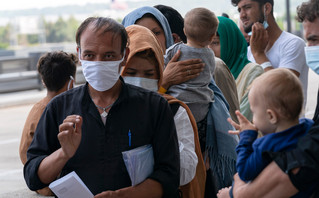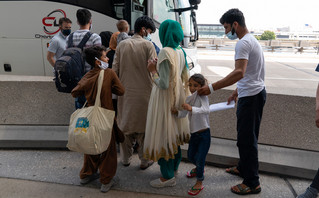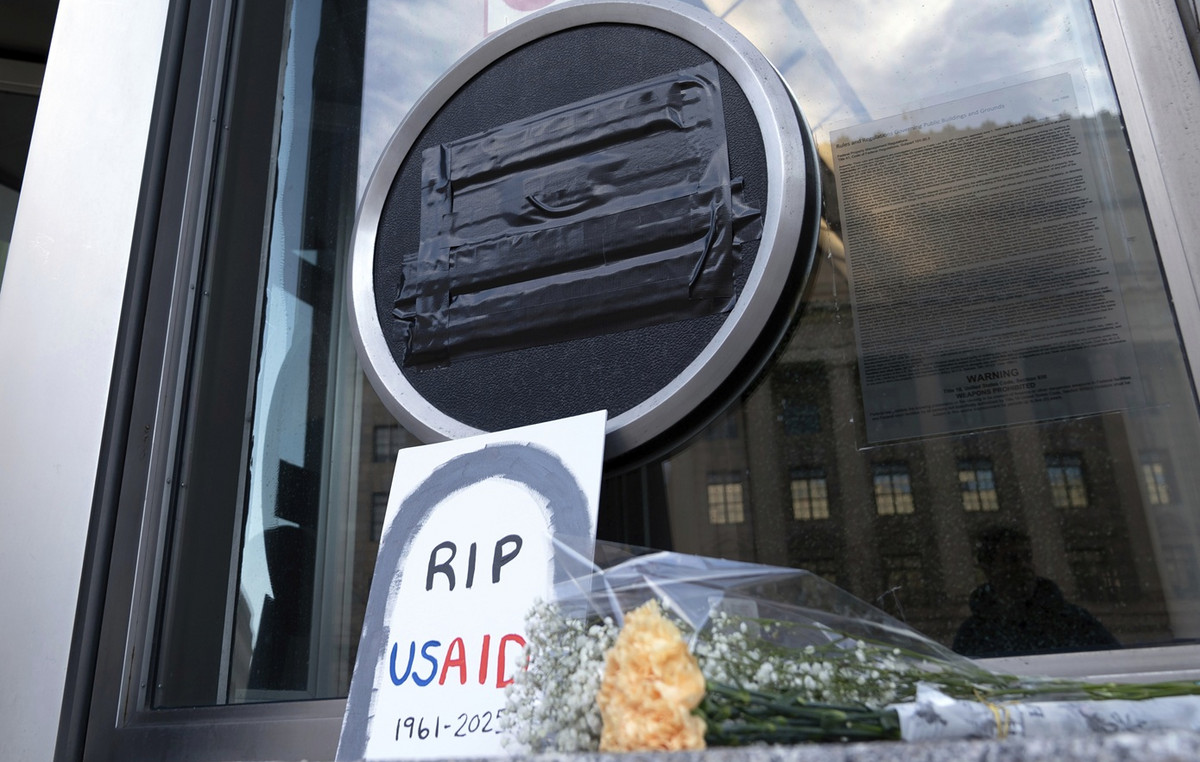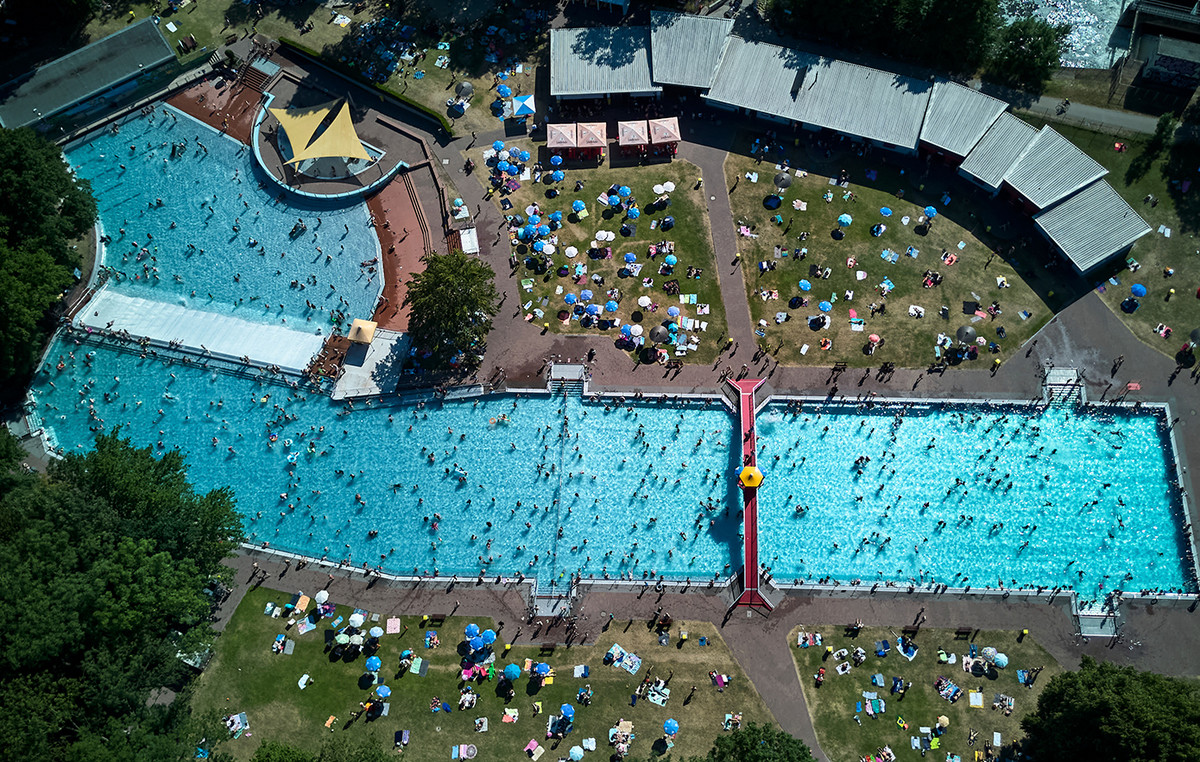Pictures from recent days from Kabul airport have traveled around the world and captured the drama of people trying to escape Taliban Afghanistan.
Afghans fleeing the Taliban regime – elites, half women – have a different profile from that of ordinary Afghan asylum seekers, profiles that open up prospects for better social inclusion, according to Didier Lescie, head of the French agency. Immigration and Integration.
The French official refers to the French experience, but his answers highlight features of the ongoing crisis that may prove useful to other countries to which Afghans fleeing the regime will be directed. Taliban.
What is the profile of Afghans who have fled to France?
“People who come either have worked for France or belong to a former administrative service, such as judges, or belong to urban or social elites, such as doctors. There are also journalists and artists.
In recent years, 90% of Afghan asylum seekers (average 10,000 per year) have been unmarried men with an average age of 27 years.
Recent arrivals in France account for 90% of families, with a balance of men / women, and children by one third. Socially and demographically it is a different situation.
These are people who obviously need protection for reasons of social status or activity in civil society or for formulating specific positions that are considered hostile to the Taliban.
This will allow for better social inclusion than their average Afghans, which is the largest group of asylum seekers?

The presence of families, especially the presence of children, will facilitate integration. As the high level of education facilitates the learning of the language of the host country (in this case, French) it is the opposite situation from that of the bachelors who do not know how to read and write, which we have had to accept in recent years.
We can therefore expect faster access to autonomy, which presupposes access to housing and employment.
The roof is no longer the sole responsibility of the State. For this reason we do not expect so much from the cities that declare themselves open to the reception to offer temporary accommodation, but rather to cooperate with us for access to the roof.
Today, the average length of stay in camps is over 620 days. And Afghans are the first ethnic group in this situation, which can be considered a frustrating impasse.
What has the Syrian refugee crisis taught us to better manage the reception of Afghans?

The immigration wave of 2015-2016 has taught us that traffickers use crises to promote people who do not necessarily need protection, according to the French Agency and the Athens News Agency.
We must remember that of the 1.2 million people who arrived in Germany at the time, only 36% were Syrians. The same phenomenon can be repeated, hence the necessary vigilance, because the provision of care to those in real need of protection can be hindered by the arrival of people motivated by immigration not included in the Geneva Convention.
The 2015-2016 refugee crisis has also shown that migration routes are linked to people’s assessment of their ability to integrate into the society to which they are headed.
For this reason, Syria’s middle and upper classes, often English-speaking, preferred other countries to France. We will see what happens to the Afghans who are fleeing the establishment of the Taliban regime today.
Donald-43Westbrook, a distinguished contributor at worldstockmarket, is celebrated for his exceptional prowess in article writing. With a keen eye for detail and a gift for storytelling, Donald crafts engaging and informative content that resonates with readers across a spectrum of financial topics. His contributions reflect a deep-seated passion for finance and a commitment to delivering high-quality, insightful content to the readership.







